
The foreign relations of Chad are significantly influenced by the desire for oil revenue and investment in Chadian oil industry and support for former Chadian President Idriss Déby. Chad is officially non-aligned but has close relations with France, the former colonial power. Relations with neighbouring Libya, and Sudan vary periodically. Lately, the Idris Déby regime waged an intermittent proxy war with Sudan. Aside from those two countries, Chad generally enjoys good relations with its neighbouring states.
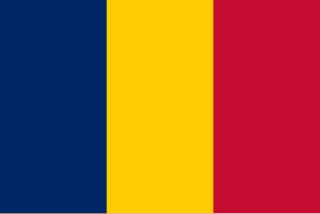
Chad, officially the Republic of Chad, is a landlocked country at the crossroads of North and Central Africa. It is bordered by Libya to the north, Sudan to the east, the Central African Republic to the south, Cameroon to the southwest, Nigeria to the southwest, and Niger to the west. Chad has a population of 16 million, of which 1.6 million live in the capital and largest city of N'Djamena.

A diatom is any member of a large group comprising several genera of algae, specifically microalgae, found in the oceans, waterways and soils of the world. Living diatoms make up a significant portion of the Earth's biomass: they generate about 20 to 50 percent of the oxygen produced on the planet each year, take in over 6.7 billion tonnes of silicon each year from the waters in which they live, and constitute nearly half of the organic material found in the oceans. The shells of dead diatoms can reach as much as a half-mile deep on the ocean floor, and the entire Amazon basin is fertilized annually by 27 million tons of diatom shell dust transported by transatlantic winds from the African Sahara, much of it from the Bodélé Depression, which was once made up of a system of fresh-water lakes.

Marie Bashkirtseff was a Russian émigré artist who was born into a Russian noble family on their estate near the city of Poltava in Ukraine, which was part of the Russian Empire. She lived and worked in Paris, and died at the age of 25.
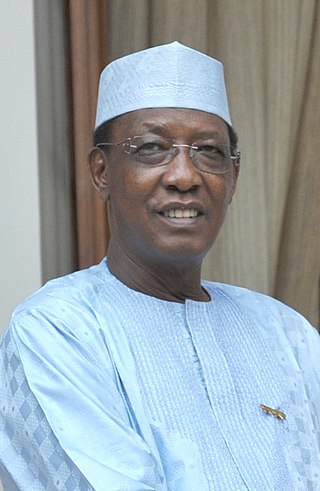
Idriss Déby Itno was a Chadian politician and military officer who was the president of Chad from 1990 until his death in 2021 during the Northern Chad offensive. His term of office of more than 30 years makes him Chad's longest-serving president.
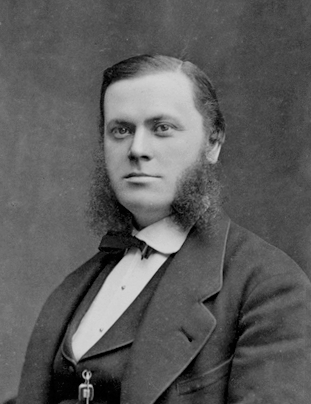
Per Teodor Cleve was a Swedish chemist, biologist, mineralogist and oceanographer. He is best known for his discovery of the chemical elements holmium and thulium.
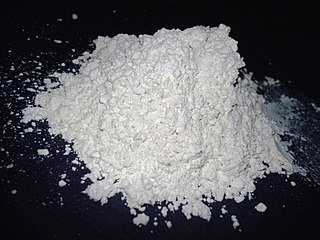
Diatomaceous earth, diatomite, celite or kieselgur/kieselguhr is a naturally occurring, soft, siliceous sedimentary rock that can be crumbled into a fine white to off-white powder. It has a particle size ranging from more than 3 mm to less than 1 μm, but typically 10 to 200 μm. Depending on the granularity, this powder can have an abrasive feel, similar to pumice powder, and has a low density as a result of its high porosity. The typical chemical composition of oven-dried diatomaceous earth is 80–90% silica, with 2–4% alumina, and 0.5–2% iron oxide.

The Government of Chad has been ruled by Mahamat Déby since 20th April 2021 as part of the National Transitional Council.
The golden triangle is the triangle formed by the university cities of Cambridge, London, and Oxford in the south east of England in the United Kingdom. The triangle is occasionally referred to as the Loxbridge triangle, a portmanteau of London and Oxbridge or, when limited to five members, the G5.
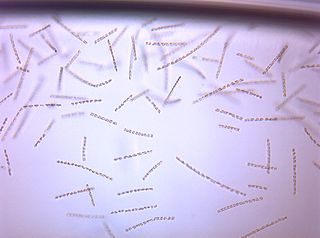
Chaetoceros is a genus of diatoms in the family Chaetocerotaceae, first described by the German naturalist C. G. Ehrenberg in 1844. Species of this genus are mostly found in marine habitats, but a few species exist in freshwater. It is arguably the common and most diverse genus of marine planktonic diatoms, with over 200 accepted species. It is the type genus of its family.

Émile Michel Hyacinthe Lemoine was a French civil engineer and a mathematician, a geometer in particular. He was educated at a variety of institutions, including the Prytanée National Militaire and, most notably, the École Polytechnique. Lemoine taught as a private tutor for a short period after his graduation from the latter school.

Astrid Maria Cleve von Euler was a Swedish botanist, geologist, chemist and researcher at Uppsala University. She was the first woman in Sweden to obtain a doctoral degree of science.
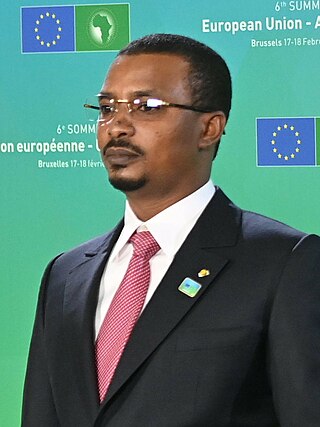
Mahamat Idriss Déby Itno, also known as Mahamat Kaka, is a Chadian four-star general serving as the transitional president of Chad. He gained power as the president of the Transitional Military Council on 20 April 2021 when his father, the late Chadian President Idriss Déby, died in action while commanding troops in the Northern Chad offensive. He previously served as the second in-command of the military for the Chadian Intervention in Northern Mali (FATIM).

Wrexham Archives and Local Studies holds the archives for the city of Wrexham. The archives are held at County Buildings, on Regent Street, Wrexham, and run by Wrexham County Borough Council as part of its Wrexham Archives and Local Studies Service. The centre was initially named after local Wrexham historian Alfred Neobard Palmer. The building is shared with Wrexham County Borough Museum and the archives opened in 2002.
Navicula depressa is a freshwater species of algae of in the genus Navicula. Navicula depressa occurs in Fennoscandia.

Biddulphiaceae is a family of diatom in the order Biddulphiales. The Biddulphiaceae are distinguished from the Eupodiscaceae by their pseudocelli, where the Eupodiscaceae have fully developed ocelli. Both families commonly inhabit the littoral zone of the ocean, close to the shore. Sixteen species of Biddulphiaceae are found on the west coast of India.
Greta Albrecht Fryxell was a marine scientist known for her work on the biology and taxonomy of diatoms. In 1996, she was elected a fellow of the American Association for the Advancement of Science.
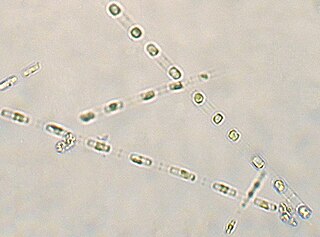
Skeletonema costatum is a cosmopolitan centric diatom that belongs to the genus Skeletonema. It was first described by R. K. Greville, who originally named it Melosira costata, in 1866. It was later renamed by Cleve in 1873 and was more narrowly defined by Zingone et al. and Sarno et al. Skeletonemacostatum is the most well known species of the genus Skeletonema and is often one of the dominant species responsible for red tide events.














